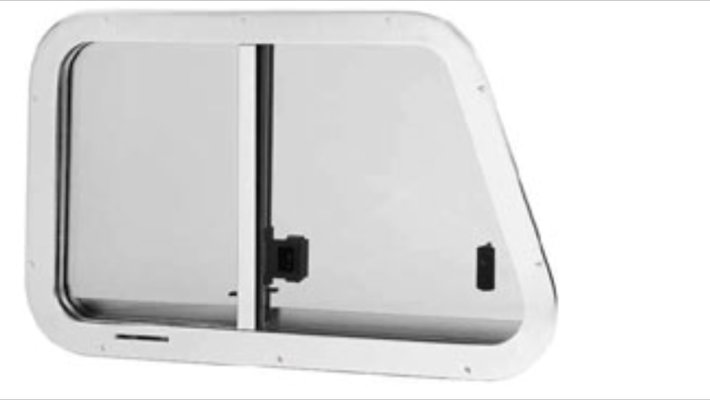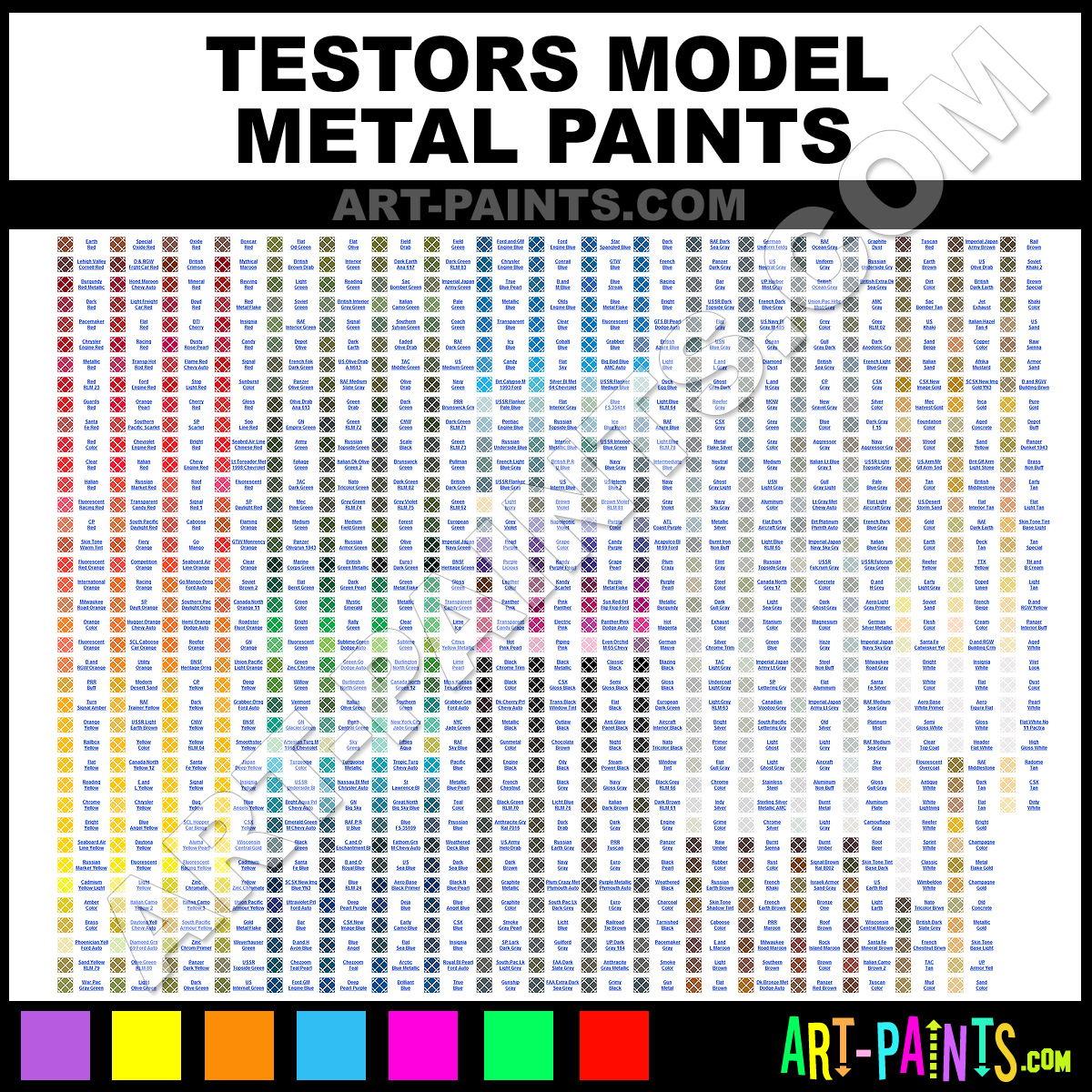cardude01
Guru
- Joined
- Nov 26, 2012
- Messages
- 5,290
- Location
- USA
- Vessel Name
- Bijou
- Vessel Make
- 2008 Island Packet PY/SP
My boat came with some nice PH windows from American Marine Inc.
American Marine, Inc. | Home Page They are aluminum-framed windows that were painted or powder coated (not sure which), but they are starting to flake off in spots and the underlying AL is oxidized.
Is there a good method to refinish something like this? Looks like it would be a pain to try to scrape/sand the frames while they are in the boat, but it may be more of a pain to remove them and reinstall without making them leak.
A buddy of mine is a carpenter/boat builder and he has a bad a$$ CAD saw system. He is always cutting out intricate shapes for different projects, so I was wondering about cutting out thin Starboard (or similiar) to the exact dimensions of the painted frame, and just attaching that to the peeling aluminum frames somehow (which may be difficult).
American Marine, Inc. | Home Page They are aluminum-framed windows that were painted or powder coated (not sure which), but they are starting to flake off in spots and the underlying AL is oxidized.
Is there a good method to refinish something like this? Looks like it would be a pain to try to scrape/sand the frames while they are in the boat, but it may be more of a pain to remove them and reinstall without making them leak.
A buddy of mine is a carpenter/boat builder and he has a bad a$$ CAD saw system. He is always cutting out intricate shapes for different projects, so I was wondering about cutting out thin Starboard (or similiar) to the exact dimensions of the painted frame, and just attaching that to the peeling aluminum frames somehow (which may be difficult).
Last edited:



